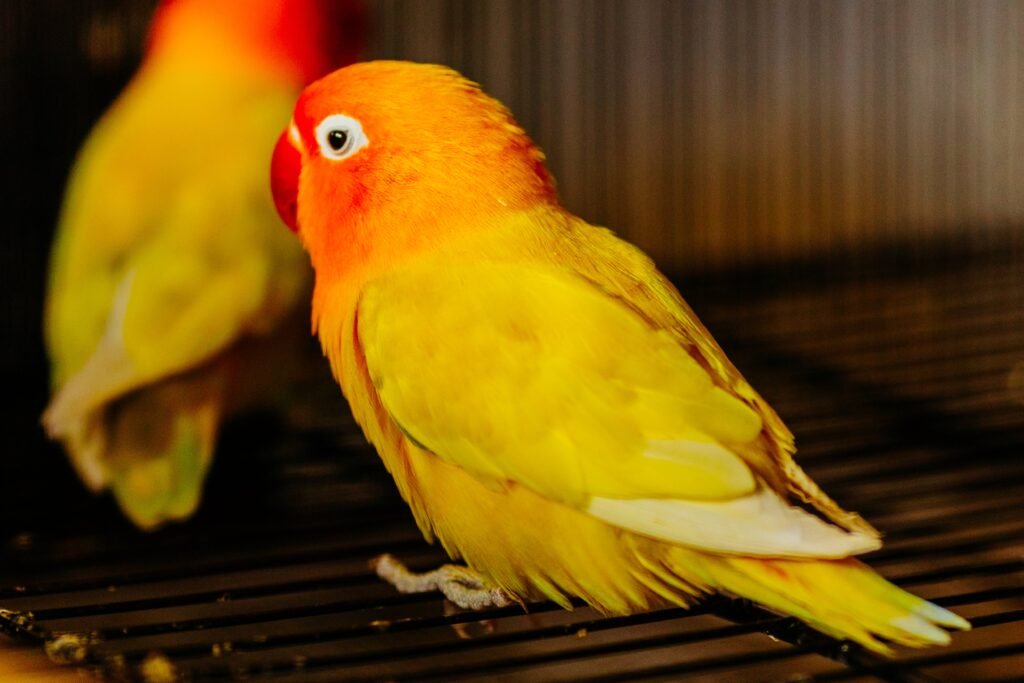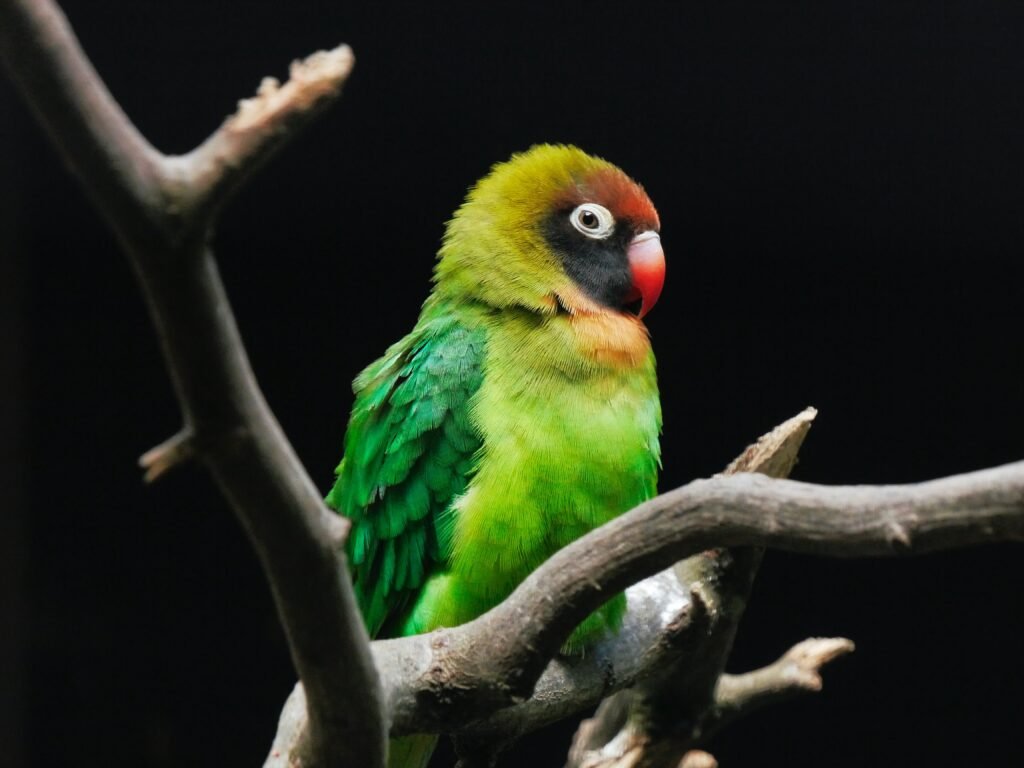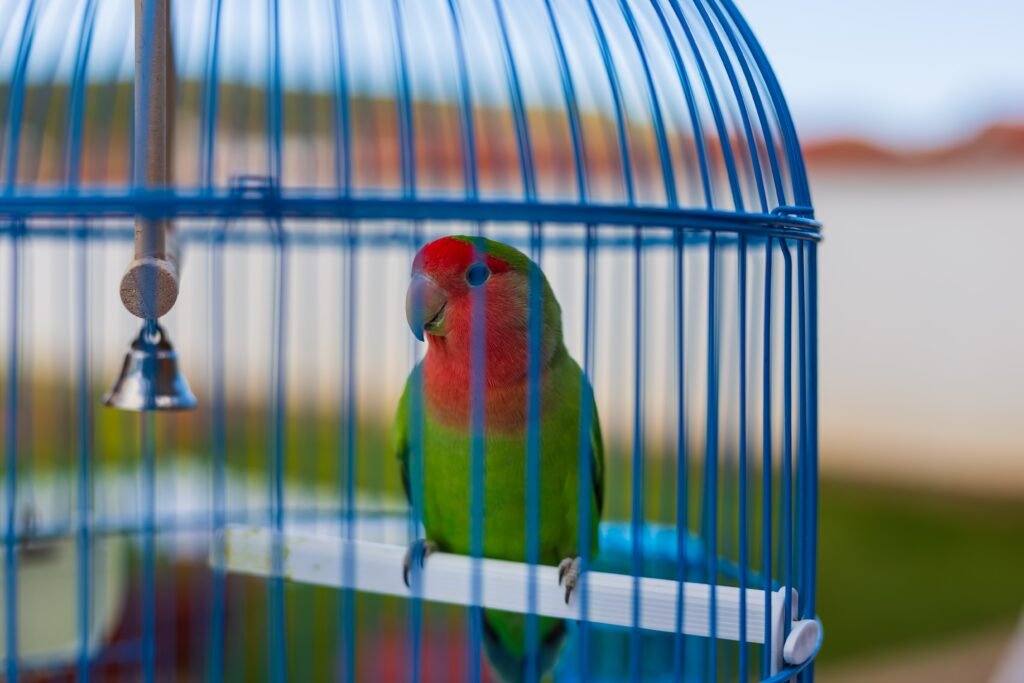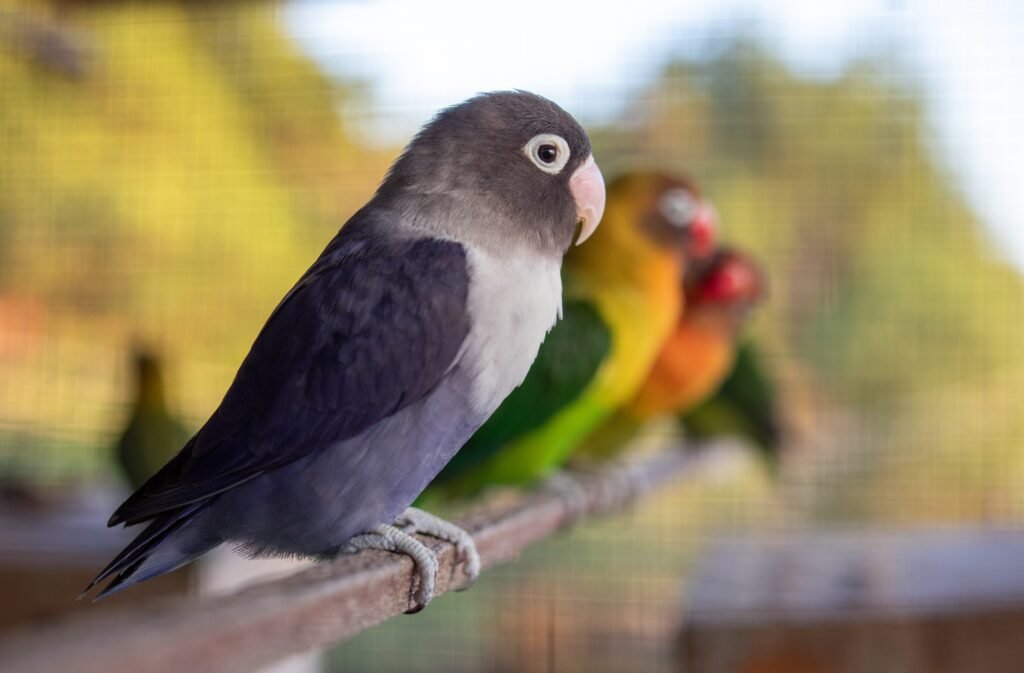 Breeding lovebirds can be an incredibly rewarding and fulfilling experience for bird enthusiasts. These colorful and social birds make wonderful pets, and witnessing the miracle of new life can be a truly magical experience. However, successful lovebird breeding requires careful planning, knowledge, and attention to detail. In this article, we will explore the essentials of lovebird breeding to help you ensure a successful pairing.
Breeding lovebirds can be an incredibly rewarding and fulfilling experience for bird enthusiasts. These colorful and social birds make wonderful pets, and witnessing the miracle of new life can be a truly magical experience. However, successful lovebird breeding requires careful planning, knowledge, and attention to detail. In this article, we will explore the essentials of lovebird breeding to help you ensure a successful pairing.
1. Selecting the Right Pair
Choosing the right pair of lovebirds is the first and most crucial step in the breeding process. It is important to select healthy, mature, and genetically diverse birds to increase the chances of successful breeding. Here are a few factors to consider when selecting a pair:
- Health and Age: Both birds should be in good health, free from any illnesses or physical abnormalities. It is advisable to wait until the birds are at least one year old before attempting to breed them. This allows them to reach sexual maturity and ensures they are physically ready for the demands of breeding.
- Compatibility: Observing the birds’ behavior is essential to ensure a compatible pair. A compatible pair will show affection towards each other and engage in mutual grooming. They may also preen each other’s feathers and perch close together.
- Genetic Diversity: Breeding closely related birds can lead to genetic issues and health problems in the offspring. To prevent this, it is important to opt for birds from different bloodlines. This helps maintain genetic diversity and reduces the risk of inherited diseases.
2. Creating the Ideal Breeding Environment
Lovebirds need a suitable environment to feel safe, secure, and comfortable enough to breed. Here are some key considerations when setting up the breeding environment:
- Cage Size: Providing a spacious cage is crucial to allow the birds to move freely and engage in natural behaviors. A cage measuring at least 24x24x24 inches (60x60x60 cm) is recommended for a breeding pair of lovebirds. This size allows them to have enough room for exercise and flight.
- Nesting Box: Placing a suitable nesting box inside the cage is essential for the lovebirds to feel secure and initiate breeding behavior. The box should be made of wood, have a small entrance hole, and be easily accessible for cleaning. Ensuring it is properly secured prevents accidents and provides a safe space for the birds to lay their eggs.
- Bedding Material: Filling the nesting box with appropriate bedding material is important for the lovebirds’ comfort and the protection of the eggs. Wood shavings or untreated pine can be used as bedding material. It is crucial to avoid using materials that may be harmful to the birds or cause respiratory issues.
- Privacy: Lovebirds appreciate a calm and quiet environment for breeding. Placing the cage in a quiet area away from disturbances and loud noises is essential. Minimizing external stressors allows the lovebirds to focus on their breeding activities and reduces the risk of abandonment or aggression.
3. Proper Nutrition for Breeding Birds
A balanced diet is crucial for the health and reproductive success of breeding lovebirds. Providing a nutritious and varied diet will ensure optimal breeding conditions. Here are some dietary considerations for breeding birds:
- High-Quality Pellets: Offering a high-quality pellet mix specifically formulated for lovebirds is important. These pellets provide essential nutrients and vitamins necessary for breeding. Look for pellets that contain a variety of seeds, nuts, fruits, and vegetables to provide a well-rounded diet.
- Fresh Fruits and Vegetables: Supplementation of the diet with fresh fruits and vegetables is essential for breeding lovebirds. Offering a variety of options like apples, carrots, spinach, and broccoli ensures a well-rounded diet. These fresh foods provide essential vitamins, minerals, and antioxidants that support the overall health of the birds and enhance their reproductive capabilities.
- Calcium and Protein: Calcium-rich foods are crucial for proper eggshell formation in breeding lovebirds. Including cuttlebone or mineral blocks in their diet helps meet their calcium requirements. Additionally, offering protein-rich foods such as cooked eggs or mealworms is important to meet their increased nutritional needs during breeding. Protein supports the growth and development of the eggs and the health of the breeding pair.
- Clean Water: Providing fresh, clean water daily is important for all lovebirds, especially breeding pairs. Lovebirds may increase their water intake during breeding, so ensuring a constant supply of clean water is essential. Regularly check the water dispenser to make sure it is functioning properly and refill it as needed.
4. Recognizing Breeding Behavior
Understanding lovebird breeding behavior is essential for successfully identifying the breeding process and ensuring the birds’ well-being. Here are a few signs that indicate your lovebirds are ready to breed:
- Courtship Rituals: The male lovebird will engage in various courtship rituals to attract the female. These rituals may include bobbing its head, regurgitating food, and displaying its feathers. These behaviors are part of the male’s attempt to impress and court the female.
- Nesting Behavior: The female lovebird will actively explore the nesting box, inspecting and rearranging bedding material. This behavior indicates her preparation for egg-laying. The male may also assist in preparing the nest by bringing additional nesting materials or helping with the construction.
- Increased Aggression: During breeding, lovebirds may become more territorial and exhibit aggressive behavior towards other birds or intruders. This aggression is a natural instinct to protect their nesting territory and ensure the safety of their eggs and future offspring.
- Egg-Laying: The female lovebird will lay eggs in the nesting box. Each egg is typically laid a day or two apart. The number of eggs laid can vary, but it is common for lovebirds to lay anywhere from 3 to 6 eggs during a breeding cycle. It is important to provide a safe and comfortable environment for the female to lay her eggs and ensure she has access to sufficient nutrition and hydration.
5. Incubation and Care of Hatchlings
Once the eggs have been laid, it is important to ensure the proper incubation and care of the hatchlings. Here are some guidelines to follow during this crucial period:
- Incubation Period: Lovebird eggs usually hatch within 23 to 30 days. The female will primarily incubate the eggs while the male provides food and protection. It is important to monitor the temperature and humidity levels in the breeding environment to ensure optimal conditions for successful incubation.
- Avoid Disturbances: Minimizing disturbances during the incubation period is crucial to prevent stress for the nesting pair. Avoid excessive handling or loud noises near the cage as it can disrupt the incubation process and potentially lead to abandonment of the eggs. Observing the lovebirds from a distance allows them to feel secure and reduces the risk of interference.
- Feeding the Chicks: Lovebird chicks hatch naked and will be dependent on their parents for food. The parents will regurgitate partially digested food to feed the chicks. As the chicks grow, introducing a variety of soft foods, such as millet sprays and chopped fruits, helps supplement their diet and provides essential nutrients for their growth and development. It is important to observe the chicks’ feeding behavior to ensure they are receiving adequate nutrition.
- Monitoring Health: Regularly observing the hatchlings for any signs of illness or abnormalities is important for their well-being. If you notice any concerns, such as lethargy, lack of appetite, or abnormal droppings, it is advisable to consult an avian veterinarian for guidance. Early detection and prompt veterinary care can help prevent and treat potential health issues in the hatchlings.
By following these essential guidelines, you can increase the chances of successful lovebird breeding and ensure the well-being of both the parents and hatchlings. Remember, patience and dedication are key to a rewarding breeding experience. Enjoy the journey of witnessing new life unfold in your lovebird aviary!
FAQ
Q1: What factors should I consider when selecting a pair of lovebirds for breeding?
A1: When selecting a pair of lovebirds for breeding, it is important to consider their health and age, compatibility, and genetic diversity.
Q2: What are the key considerations when setting up the breeding environment for lovebirds?
A2: Key considerations when setting up the breeding environment for lovebirds include providing a spacious cage, placing a suitable nesting box, using appropriate bedding material, and ensuring privacy.
Q3: What should I feed breeding lovebirds to ensure proper nutrition?
A3: To ensure proper nutrition for breeding lovebirds, provide them with high-quality pellets, fresh fruits and vegetables, calcium-rich foods, and clean water.
Q4: How can I recognize breeding behavior in lovebirds?
A4: Breeding behavior in lovebirds can be recognized through courtship rituals, nesting behavior, increased aggression, and egg-laying.



